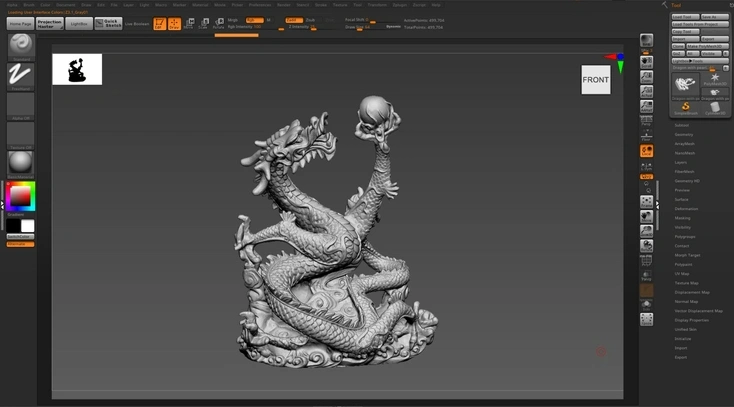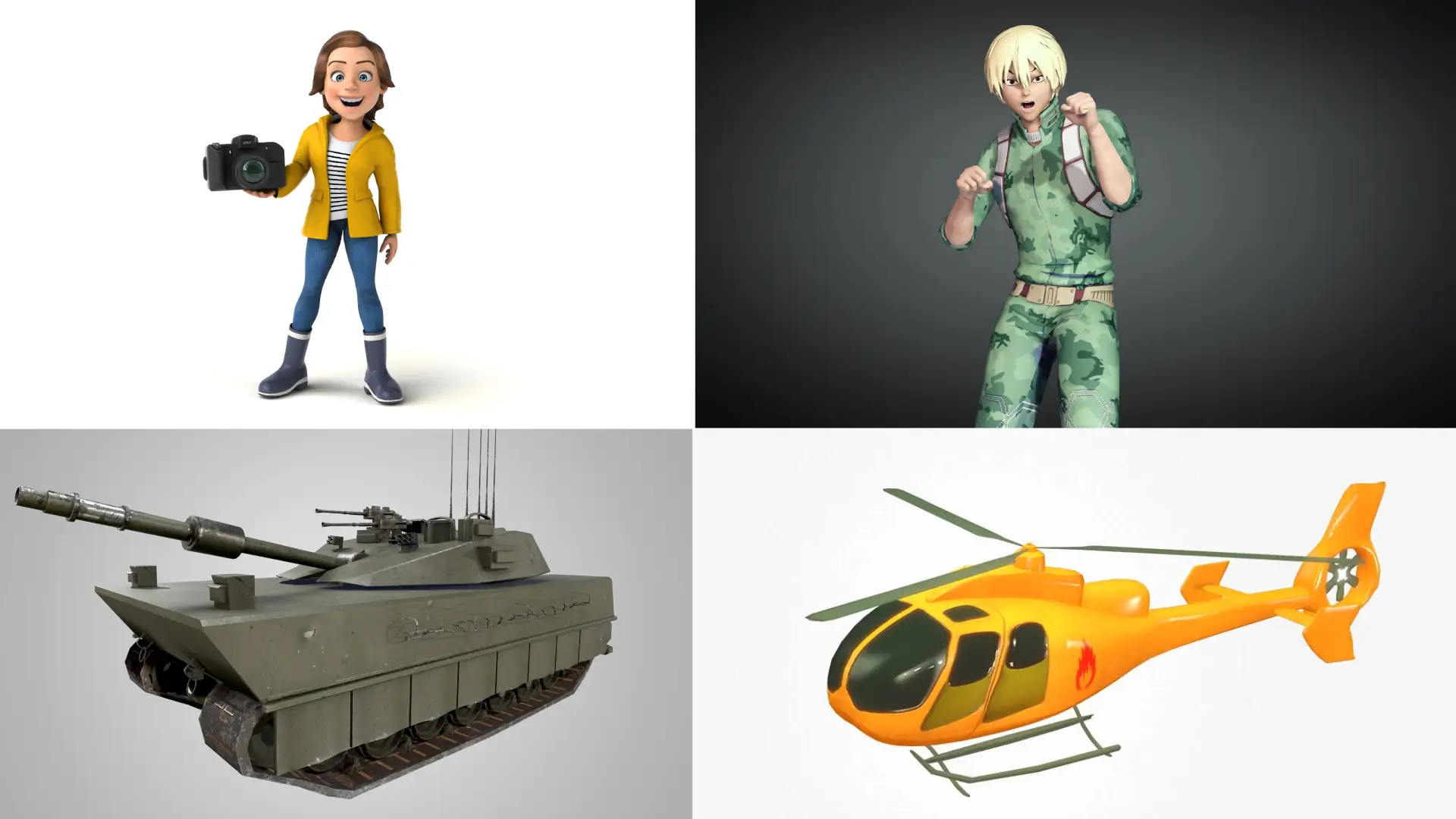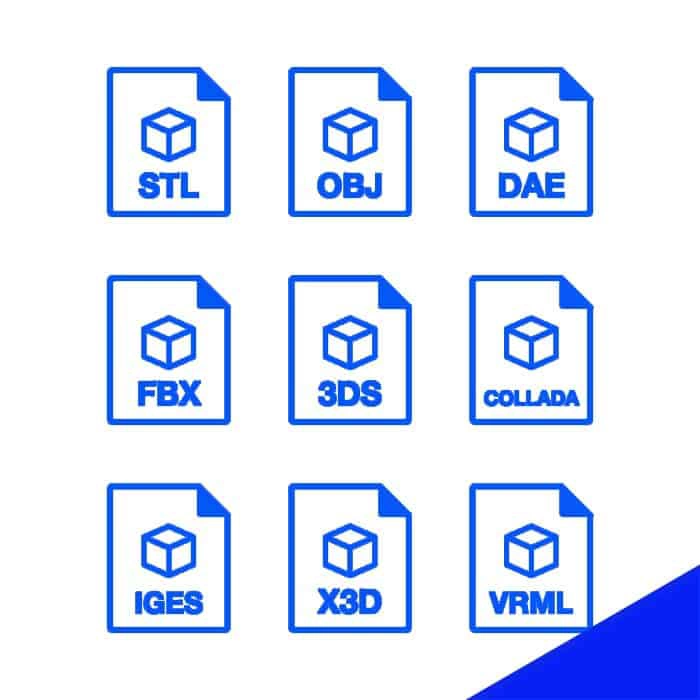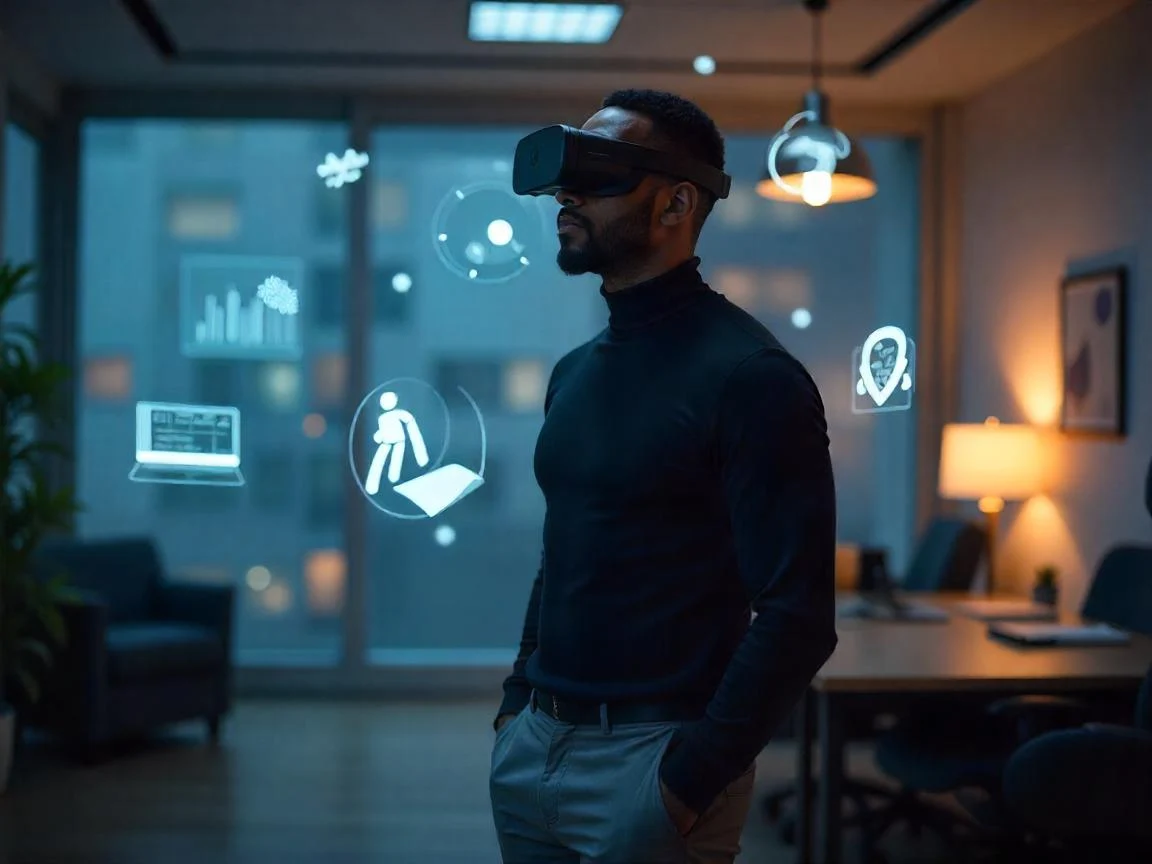How Incorrectly Rigged 3D Models Stall Your Game’s Animation
by Animatics Asset Store in Blog on October 17, 2024In the complex arena of 3D game creation, rigging is a fundamental process. Imagine it as the creation of the skeletal system that artists utilize to animate, turning lifeless models into vibrant, moving beings. When accurately executed, these rigged 3d models navigate their digital landscapes fluidly, capturing the essence of realism. However, when rigging missteps occur, they can severely obstruct your animation workflow, leading to major disruptions that might jeopardize the game’s overall quality and player experience.
Understanding a Faulty Rig Framework
Rigging acts as the foundation in building 3D models, establishing the bone structure that animators use to mimic movement. This framework dictates how characters twist, bend, and interact within their surroundings. A skillfully rigged 3d model moves with an effortless realism, intuitively adapting to various virtual situations. Nevertheless, any error in this delicate setup can create awkward, disproportional motions, ruining the illusion of authenticity.
Frequent Rigging Pitfalls
- Inaccurate Bone Placement: A common issue in rigging is the mispositioning of bones. Such inaccuracies result in jerky, unnatural motions that dismantle immersion, often requiring extensive reworking to fix the model’s base structure.
- Faulty Weight Assignment: Weight assignment is crucial in rigging as it governs how joints affect different sections of a model. Mishaps here can cause parts to appear warped or exaggerated, disrupting the character’s visual harmony and style.
- Restricted Mobility: Flexibility in a rigged 3d model is essential for producing authentic movements. Models with limited flexibility confine animators, significantly affecting the fluidity and quality of the animation, resulting in static and artificial expressions.
Want to learn more about how to customize rigged 3d models, Click Here!
The Ripple Effect on Animation
The consequences of poor rigging become strikingly clear as animation begins. Animators aim to craft smooth, lifelike motions; without a solid rigging base, this task morphs into a challenging ordeal filled with hurdles and irritation. The struggle to achieve fluid movements can demoralize animators, directly impacting both their productivity and enthusiasm.
Prolonged Project Delays
Spotting rigging problems during the animation phase introduces labor-intensive corrections. Identifying issues late demands detailed, time-consuming fixes, halting animation progress and diverting key resources. These sequential delays can elongate project timelines, postpone release schedules, and add layers of complexity to the development cycle.
The High Cost of Poor Rigging
Flawed rigged 3d models not only consumes time but also strains budgets, leading to inefficiencies for development teams. Every moment spent rectifying rigging mistakes detracts from productive pursuits, negatively impacting team efficiency and financial outcomes. Budgetary excesses become inevitable as funds designated for creativity and content creation are instead absorbed by solving avoidable errors.
Searching for high quality Rigged 3d models? Click Here!
Restraints on Creative Freedom
The endless loop of technical amendments severely impinges on animators’ creative latitude. The ongoing focus on fixing rigging issues limits the hours available for innovation and exploring novel concepts. Consequently, the game may lack captivating features, failing to capture players’ interest and reducing the overall gaming experience.
Sidestepping Rigging Mistakes
Efficient game development hinges on preventive strategies against typical rigging errors. Focusing on rigging from the outset can avert these cumbersome challenges, guaranteeing a streamlined animation process in the future. Investing in skilled riggers and cutting-edge tools is essential, taking a proactive stance to resolve potential problems before they arise.
Strategies for Rigging Excellence
- Comprehensive Training: Equip your team with thorough training on advanced rigging methods and technologies. Staying updated with industry standards ensures your team possesses the knowledge and expertise to tackle complex rigging situations, thereby minimizing errors.
- Rigorous Checks: Implement strict procedures for detailed rig evaluations before advancing to animation. A comprehensive review process helps identify and fix potential issues early, alleviating further hurdles.
- Collaborative Feedback: Nurture an environment of open communication between riggers and animators, fostering ongoing feedback. A strong feedback loop is invaluable for enhancing rigging techniques, encouraging innovation, and aligning the team towards excellence.
Conclusion: From Disarray to Precision
Crafting a well-animated game heavily depends on precise rigging. Developers must be vigilant, foreseeing and mitigating potential rigging challenges from the beginning. Through diligent planning, exhaustive testing, and robust team collaboration, the animation workflow can preserve its effectiveness, safeguarding the gameplay’s immersive quality. Delivering an engaging experience demands foresight, teamwork, and technical expertise.
Have you faced rigging challenges with rigged 3d models in your projects? Share your experiences or advice in the comments below. If you found this article insightful, consider sharing it with your team—it could assist someone else in navigating the complex yet rewarding world of game development. Your contributions and stories are crucial as we collectively strive to achieve new benchmarks of excellence in our field.






